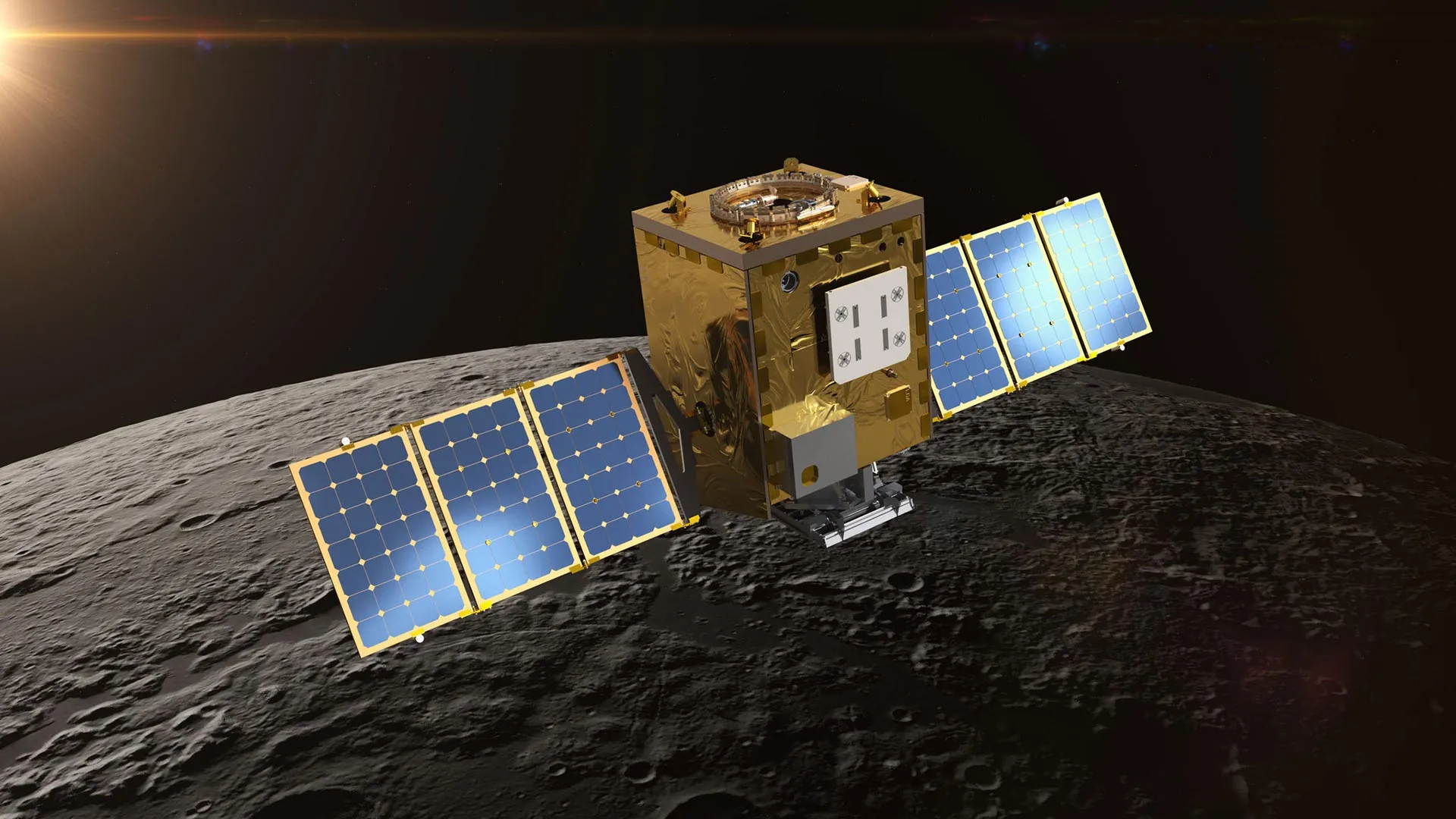Now Reading: NASA’s Lunar Trailblazer Faces Setback Before Reaching the Moon
-
01
NASA’s Lunar Trailblazer Faces Setback Before Reaching the Moon
NASA’s Lunar Trailblazer Faces Setback Before Reaching the Moon

Quick Summary
- NASA’s Lunar Trailblazer mission aimed too map lunar water and understand its form, amount, and temporal changes on the Moon’s surface.
- The small satellite launched on February 26, 2025, aboard a SpaceX Falcon 9 rocket from Kennedy Space center in Florida.
- Operators lost contact wiht the spacecraft a day after launch due to depleted batteries caused by improperly oriented solar arrays.
- Recovery efforts involving global collaboration failed as the spacecraft drifted further into deep space and signals became too weak.
- Lunar Trailblazer carried two advanced instruments:
– High-resolution Volatiles and Minerals Moon Mapper (HVM3) for detecting lunar water and minerals.
– Lunar Thermal Mapper (LTM) for assessing silicate rock compositions tied to water cyclicity.
- Despite mission failure, technologies are being repurposed for future missions like UCIS-Moon for higher-resolution lunar mapping.
Indian Opinion Analysis
The loss of lunar Trailblazer underscores the inherent challenges of high-risk exploratory missions in advancing planetary science. while technological setbacks are expected when testing innovative methods such as small satellite designs under NASA’s SIMPLEx program, this mission still carries importance. Its instruments showcased international cooperation-such as UK contributions-and demonstrated cutting-edge capabilities that can benefit upcoming projects.
For India, which is also emphasizing advancements in lunar exploration via ISRO programs like Chandrayaan missions or Gaganyaan initiatives focusing on enduring human presence beyond Earth’s orbit-the lessons from Lunar Trailblazer include contingency planning for communication systems during deployment phases. Strengthening risk management approaches could improve global efforts toward increased success rates in interplanetary science collaborations aimed at understanding pivotal resources like lunar water. The repurposing of tech highlights mankind’s adaptive approach nonetheless of initial setbacks-a model India’s aerospace sector can reflect upon while deepening partnerships globally.


























